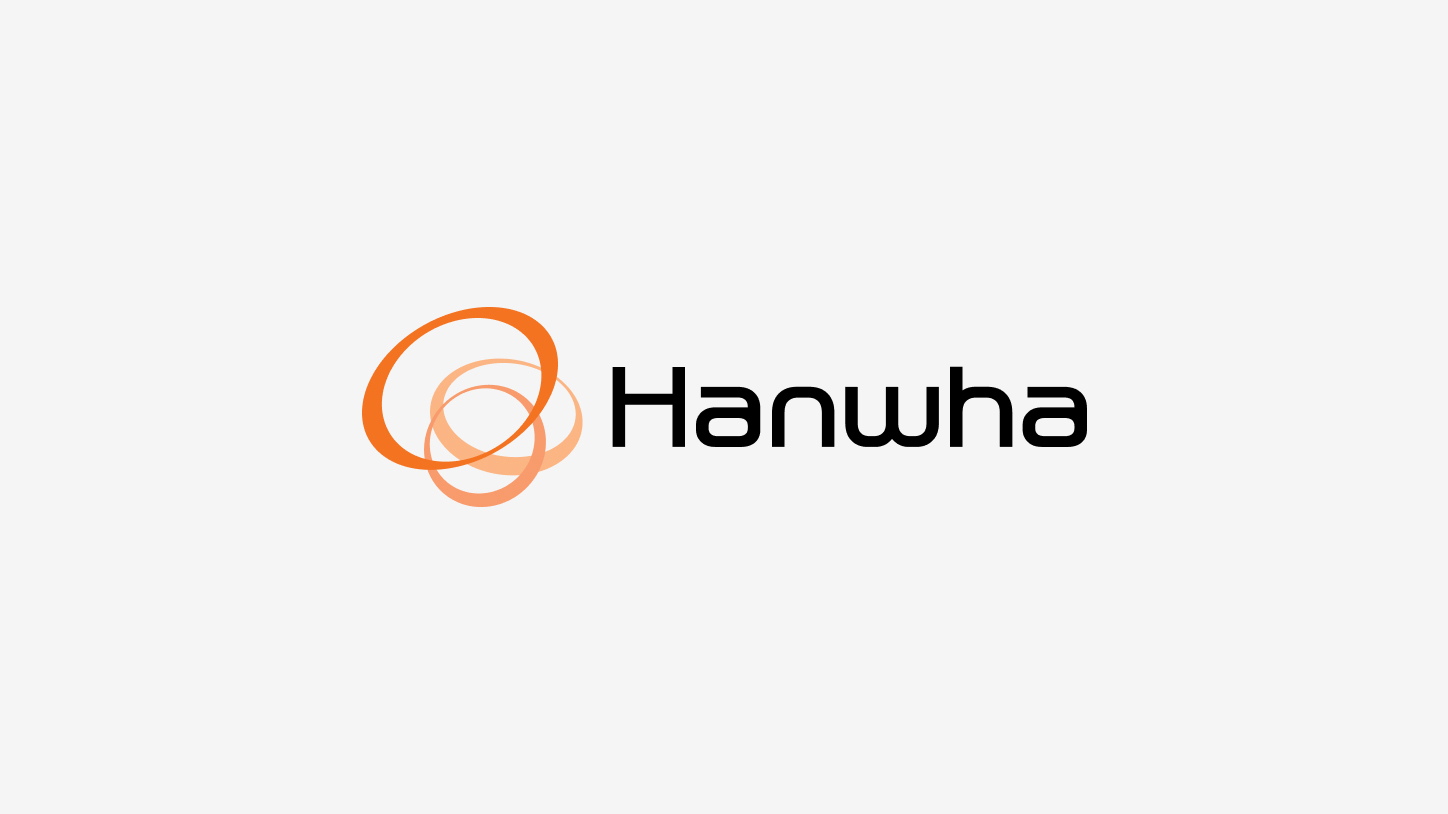Hanwha Ocean launches smart ship solution to help shipowners reduce carbon emissions
- Newly developed carbon intensity monitoring technology to be deployed in recently contracted orders for very large ammonia carriers (VLAC)
- The technology offers eco-friendly and efficient suggestions through integration with HS4, Hanwha Ocean’s smart ship platform

Hanwha’s Geoje shipyard, on Korea’s southeastern coast
Hanwha Ocean announced that it has developed a smart ship technology that monitors a vessel’s carbon intensity index (CII). The solution presents shipowners with a range of options to comply with strict environmental regulations.
The new technology assesses how much carbon dioxide a ship produces while it is operating and uses this information to calculate its annual operational CII — a measure of fuel efficiency based on fuel usage and distance traveled. Hanwha Ocean will deploy this technology in recently contracted orders for very large ammonia carriers (VLAC) , improving the carbon footprint of these vessels.

The Hanwha SmartShip Solution & Service (HS4) land control center at Hanwha Ocean’s R&D center in Siheung, near Seoul
Hanwha Ocean has integrated this new technology with its proprietary smart ship platform, the Hanwha SmartShip Solution & Service (HS4), to automate monitoring. Shipowners can see important data in real time — the vessel’s current rating, the rating for a single voyage, and a projected rating for the end of the year — so they can optimize navigation routes and speed to reduce carbon dioxide emissions.
Since last year, the International Maritime Organization (IMO) has required all ships of 5,000 gross tonnage and above to calculate and report their annual operational CII. Based on the number reported, the IMO evaluates a ship’s carbon intensity on a scale from A (best) to E (worst). Vessels rated D for three consecutive years or E for one year must submit a corrective action plan and cannot resume normal operations until they achieve a C grade.
Hanwha Ocean equips its ships with energy-saving devices such as air lubrication systems¹ and shaft generator motors² and rotor sails³. These eco-friendly technologies will further support shipowners in complying with environmental regulations while remaining competitive.
| ¹ An air lubrication system generates a layer of bubbles under a ship’s hull to reduce frictional resistance so the ship glides through the water more easily while using less fuel. It offers the dual benefit of cutting emissions and muffling engine noise. ² In a shaft generator motor system, a shaft is connected to a generator and a propeller. The shaft’s rotation generates kinetic energy, which is converted into electricity. ³ A rotor sail is a cylindrical structure installed on the deck of a ship to harness wind energy and give the vessel additional propulsion force. |
Hanwha Ocean
Hanwha Ocean is a leading global company with extensive expertise and experience in the shipbuilding and offshore industry. Boasting the world’s most competitive LNG carriers built with eco-friendly and highly efficient technology, the company has continuously pioneered new businesses since 1973, producing a vast range of vessels, including commercial ships, drillships, and specialty ships. Hanwha Ocean will be at the forefront of pioneering advanced marine solutions for decarbonization and further expand Hanwha’s green energy ecosystem to create positive, sustainable change throughout the world.
For more information, visit: www.hanwhaocean.com
Get the latest news about Hanwha, right in your inbox.
Fields marked with * are mandatory.
- Non-employee
- Employee




